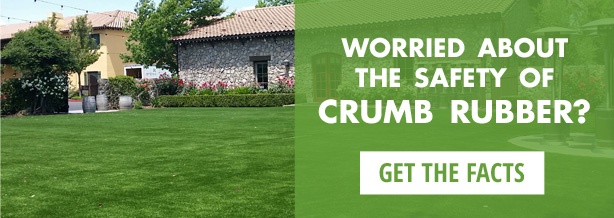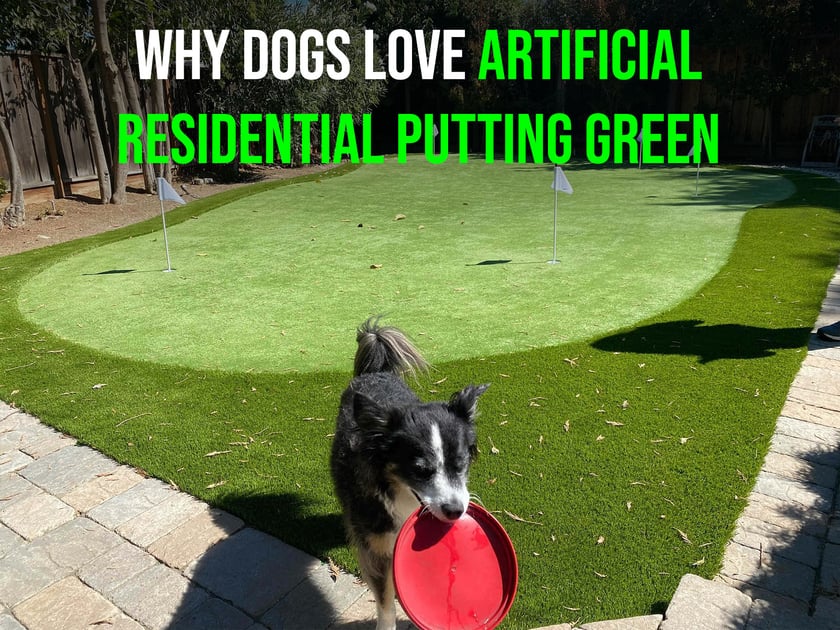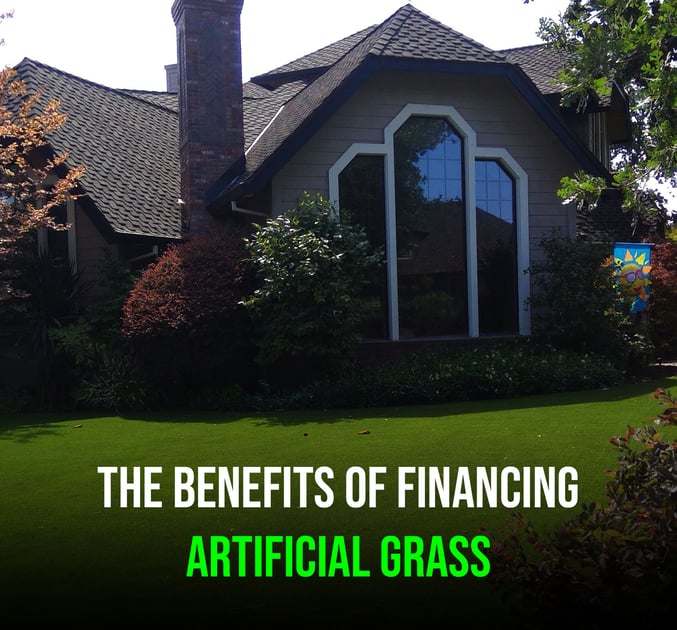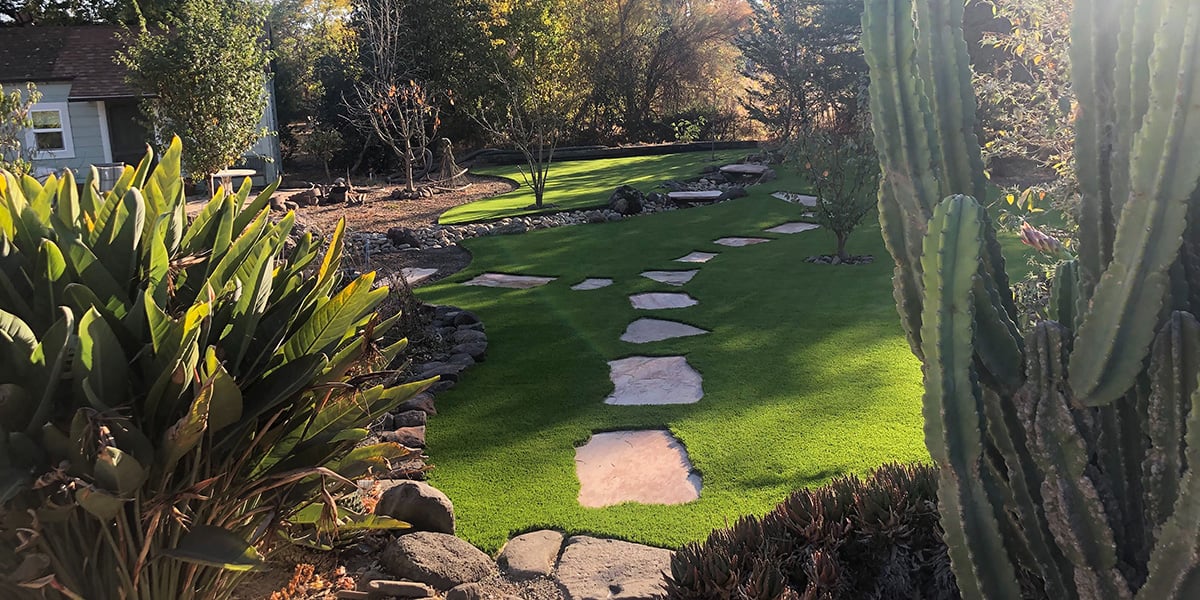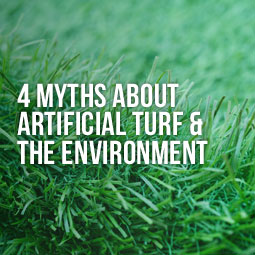
Nothing is more frustrating to those of us in the artificial grass industry than the myths about artificial turf that persist in spite of a multitude of scientific studies and other evidence. When it comes to artificial grass and the environment, the facts show that fake grass is actually more eco-friendly than natural grass, in multiple ways.
Synthetic turf has been around since the 60s, but thanks to the wonders of science and technology today’s products are dramatically different, and better in every way. So let’s take a factual look at some popular – but oh, so, wrong – myths about artificial grass:
Myth #1: The grass and infill are toxic
Top quality artificial turf products are manufactured using only non-toxic ingredients. In many cases, these materials are recycled, which is a plus for the environment. And speaking of recycling, myths persist that crumb rubber, an infill made from pulverized tires is toxic. Hundreds of studies conducted over decades prove that crumb rubber is not dangerous if you touch it, inhale it, or ingest it. You can find the Synthetic Turf Council’s research here.
Besides, we now have a variety of infill alternatives made from natural products such as crushed shell or sand that we use for residential installations.
Myth #2: Artificial grass is unsafe for kids and pets
Now that we’ve dispelled myths about what goes into artificial grass, let’s talk about other safety issues. Unlike natural grass, synthetic grass does not develop holes or other surface issues that can trip up kids at play. Water doesn’t make it slippery, so kids can safely play outside after the rain (or in the rain) or around your pool. And you won’t slip and fall when you head out to get the paper in the morning.
There is even a special technology called FallSoft that protects kids from falls up to 5 feet, which is parent-approved for under play structures. And if anyone in your family (including your dog) has a grass allergy, what a relief to know that artificial grass will never, ever produce hateful pollen.
Myth #3: Pet waste causes build-up of bacteria and odors
That would be an ugly environmental issue if it were true, but it is not. You pick up after your pet no matter where they do their thing, and with a quick rinse of the hose, remaining bacteria and urine drain away. Nothing remains on the surface to fester and smell, which often happens with natural grass. The fact is, artificial grass is ideal for pets.
Myth #4: Installing artificial grass limits your landscape design options
Your aesthetic environment matters as much as the community around you, so of course you want flowering or shady trees. Myths that suggest you can’t plant trees in your artificial grass lawn are just plain wrong. In fact, synthetic grass is the ideal centerpiece for a sustainable landscape.
You can learn more about debunked artificial turf myths in our free guide. But we noted above that synthetic turf is environmentally friendlier than natural grass in many ways. For example:
- Replacing 1,800 square feet of natural grass lawn with artificial turf saves 99,000 gallons of water each year. Your lawn is smaller? Do the math to calculate your own savings: every square foot conserves 55 gallons of water.
- Running a gas-fired lawn mower for one hour spews the same amount of noxious emissions into the air as driving a car for 100 miles, according to the EPA. Fake grass is mow-free, so its carbon footprint is tiny.
- The EPA also says that 60% of the chemicals we pour and spray onto lawns simply runs off into storm drains and our groundwater. Fake grass is chemical-free, too.
Now you have the facts. Not only is artificial grass not bad for the environment, it is actually good for the environment. It is the ultimate “green” when it comes to sustainability. And that’s no myth.



